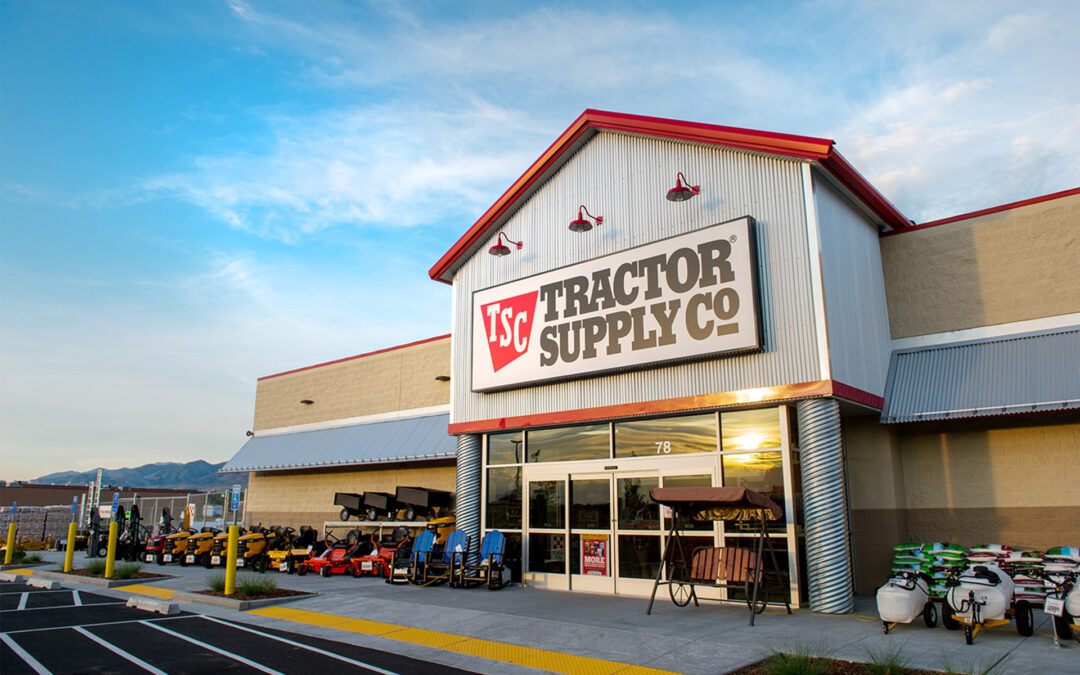Economic activity in the manufacturing sector grew in December, but at a slower rate than in November, which some observers believe signals that inflation as it has been affecting the United States economy lately may have peaked.
Timothy Fiore, chair of the ISM Manufacturing Business Survey Committee stated, “Manufacturing performed well for the 19th straight month, with demand and consumption registering month-over-month growth. Meeting demand will remain a challenge, due to hiring difficulties and a clear cycle of labor turnover at all tiers. For the second month in a row, Business Survey Committee panelists’ comments suggest month-over-month improvement on hiring, offset by backfilling required to address employee turnover. Supplier delivery rate improvement was indicated by the Supplier Deliveries Index softening in December. Transportation networks, a harbinger of future supplier delivery performance, are still performing erratically, however, there are signs of improvement.”
In detailing the results included in the report, Fiore said, “The December Manufacturing PMI registered 58.7%, a decrease of 2.4 percentage points from the November reading of 61.1%. This figure indicates expansion in the overall economy for the 19th month in a row after a contraction in April 2020. The New Orders Index registered 60.4%, down 1.1 percentage points compared to the November reading of 61.5%. The Production Index registered 59.2%, a decrease of 2.3 percentage points compared to the November reading of 61.5%. The Prices Index registered 68.2%, down 14.2 percentage points compared to the November figure of 82.4%.”
The Price Index drop is one-factor observers cited as potentially signaling a decline in inflation.
Fiore noted that the PMI Backlog of Orders Index “registered 62.8%, 0.9 percentage point higher than the November reading of 61.9%. The Employment Index registered 54.2%, 0.9 percentage point higher compared to the November reading of 53.3%. The Supplier Deliveries Index registered 64.9%, down 7.3 percentage points from the November figure of 72.2%. The Inventories Index registered 54.7%, 2.1 percentage points lower than the November reading of 56.8%. The New Export Orders Index registered 53.6%, a decrease of 0.4 percentage point compared to the November reading of 54%. The Imports Index registered 53.8%, a 1.2 percentage point increase from the November reading of 52.6%.”
The U.S. manufacturing sector continues in an environment that is driven by intense demand at a time of constrained supply chains. Still, Fiore said the marketplace demonstrates “indications of improvements in labor resources and supplier delivery performance. Shortages of critical lowest-tier materials, high commodity prices and difficulties in transporting products continue to plague reliable consumption. Coronavirus pandemic-related global issues — worker absenteeism, short-term shutdowns due to parts shortages, employee turnover and overseas supply chain problems — continue to impact manufacturing. However, panel sentiment remains strongly optimistic, with six positive growth comments for every cautious comment, down slightly from November.
The forecast released this month indicates a strong 2022 performance expectation in terms of revenue growth and profitability. Demand expanded, with the New Orders Index growing, supported by continued expansion of new export orders. Customers’ Inventories Index remaining at a very low level and Backlog of Orders Index staying at a very high level. Consumption, measured by the Production and Employment indexes, grew during the period, with a combined negative 1.4-percentage point change to the Manufacturing PMI calculation. The Employment Index expanded for a fourth straight month, with some indications that the ability to hire is improving, though somewhat offset by the continued challenges of turnover and backfilling. Inputs, expressed as supplier deliveries, inventories, and imports, continued to constrain production expansion, but there are clear signs of improved delivery performance. The Supplier Deliveries Index again slowed while the Inventories Index expanded, both at a slower rate. In December, the Prices Index increased for the 19th consecutive month, at a slower rate,a decrease of 14.2 percentage points, indicating that supplier pricing power continues to rise, but to a lesser degree.”
The six biggest manufacturing industries as defined by ISM, Chemical Products, Fabricated Metal Products, Computer & Electronic Products, Food, Beverage & Tobacco Products, Transportation Equipment, and Petroleum & Coal Products, all registered moderate to strong growth in December in descending order. In the broader scope, the 15 manufacturing industries reporting growth for December are, in descending order, Apparel, Leather & Allied Products, Furniture & Related Products, Textile Mills, Plastics & Rubber Products, Machinery, Nonmetallic Mineral Products, Miscellaneous Manufacturing, Chemical Products, Electrical Equipment, Appliances & Components, Fabricated Metal Products, Computer & Electronic Products, Food, Beverage & Tobacco Products, Transportation Equipment, Primary Metals and Petroleum & Coal Products. The three industries reporting a decrease in December compared to November are Wood Products, Printing & Related Support Activities, and Paper Products.
Among executives contributing to the PMI report, as related by ISM, an anonymous Fabricated Metal Products manufacturer indicated: “Price increases appear to be slowing. Lead times are shrinking slowly, and inventories are growing. I hope we have reached the top of the hill to start down a gentle slope that lets us get back to something that resembles normal.”
A Machinery executive commented, “Costs for steel seem to be coming down some. We have seen a little relief on steel prices, but they are still very high. Overall performance by suppliers has improved. On-time deliveries have improved.”
However, other executives complained of worsening supply chain interruptions, plastic raw material shortages and labor and transportation pressures, suggesting that improvement in the most problematic parts of the economy will occur slowly.





